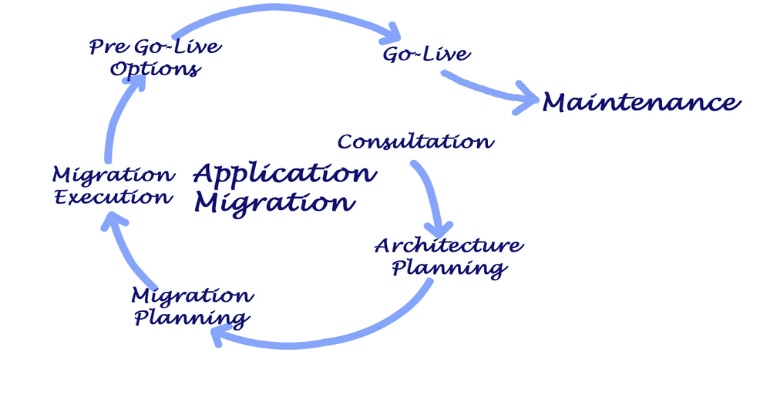The reports can provide developers with a lot of needed information about applications as strategies are mapped out for their migrations.
July 31, 2018

Red Hat is out with the latest release of its Application Migration Toolkit (version 4.1.0), which includes new technology-report capabilities that allow software developers to gain deep insights into applications and technologies before they are migrated.
The new technology reports provide an aggregated listing of the technologies used, grouped by function, for the analyzed applications, while also showing how the technologies are distributed, wrote Christian Huffman, a Red Hat senior technical writer, in a post on the Red Hat developers blog that introduced the update.
“After analysis has been performed, using this report, hundreds of applications can be quickly compared. In addition, the size, number of libraries, and story-point totals of each application are displayed, allowing you to quickly determine each application’s type from a single report.”
Those capabilities allow developers to see what will be required for any coming migrations, including whether an application is likely a secured and cached front-end application that contains several security libraries, wrote Huffman. In other cases, the reports can show that an application uses many security libraries, which can also be identified for their contents.
“Regardless of how you use the technology-reports feature, I’m certain it will be useful in your migration and modernization efforts,” wrote Huffman.
The Red Hat Application Migration Toolkit (RHAMT), formerly known as Windup, provides a series of utilities that can help developers update legacy applications with newer libraries and APIs, while also addressing new frameworks, infrastructures and architectures as part of migrations. It can also help to simultaneously keep existing resources dedicated to new features and versions, according to Huffman.
The toolkit allows applications to be analyzed through a command-line interface, a web-based interface or directly inside Eclipse, while allowing immediate modification of the source code, he wrote.
“These utilities allow you to quickly gain insights into thousands of your applications simultaneously,” according to Huffman. “They identify migration challenges and code or dependencies shared between applications, and they accelerate making the necessary code changes to have your applications run in the latest middleware platforms.”
IT analyst Rebecca Wettemann of Nucleus Research told Channel Futures that RHAMT’s new new technology-reports feature should be helpful to developers as they perform application migrations and other infrastructure changes for their companies.

Rebecca Wettemann
Rebecca Wettemann
“With any open source technology stack, the challenge for enterprise adoption is bringing developer freedom and innovation together with enterprise-grade administration and management tools,” said Wettemann. “This migration toolkit provides an important step to help developers and architects evaluate and prioritize their Red Hat investments.”
By using the reports generated by the toolkit, companies will be able to “help accelerate application migration and increase developer productivity while providing a more consistent, data-driven view of an organization’s overall Red Hat landscape,” she said.
Another analyst, Matthew Kimball of Moor Insights & Strategies, said such tools are important to an enterprise IT organization because they lower the barriers to application modernization from both a technical and operational perspective.
“And this includes the spectrum of modernization – from the less complex ‘lift and shift’ to more complex re-factoring and re-architecting,” said Kimball. “I spent time in state government IT and have gone through the pains of application modernization. Tools like [these] should slash the time to value and time to operation for those modernization efforts,” compared to the months and years of analysis required in the past by many organizations.
Channel partners should also be able to capitalize on building and expanding a modernization practice using the latest Red Hat toolkit and technology reporting capabilities, he said.
“Partners can deliver services faster, with less disruption” using such tools, he added. “Harkening back to my days in IT, I can remember going through a modernization effort back in the very early days Ruby on Rails. The amount of time and money I spent on very expensive software architects before a single line of code was written was astronomical. If I had a trusted partner who could come in with a ‘toolkit’ to execute some or all of my modernization, I would have saved time and money.”

Matthew Kimball
Matthew Kimball
Application modernization is something that all IT organizations must deal with, said Kimball.
“It’s always been costly, ugly, painful and time-consuming. And it’s always required allocating valuable IT resources to accomplish. Tools like RHAMT with technical reports reduce cost, complexity, time and resource allocation associated with application modernization.”
About the Author(s)
You May Also Like


